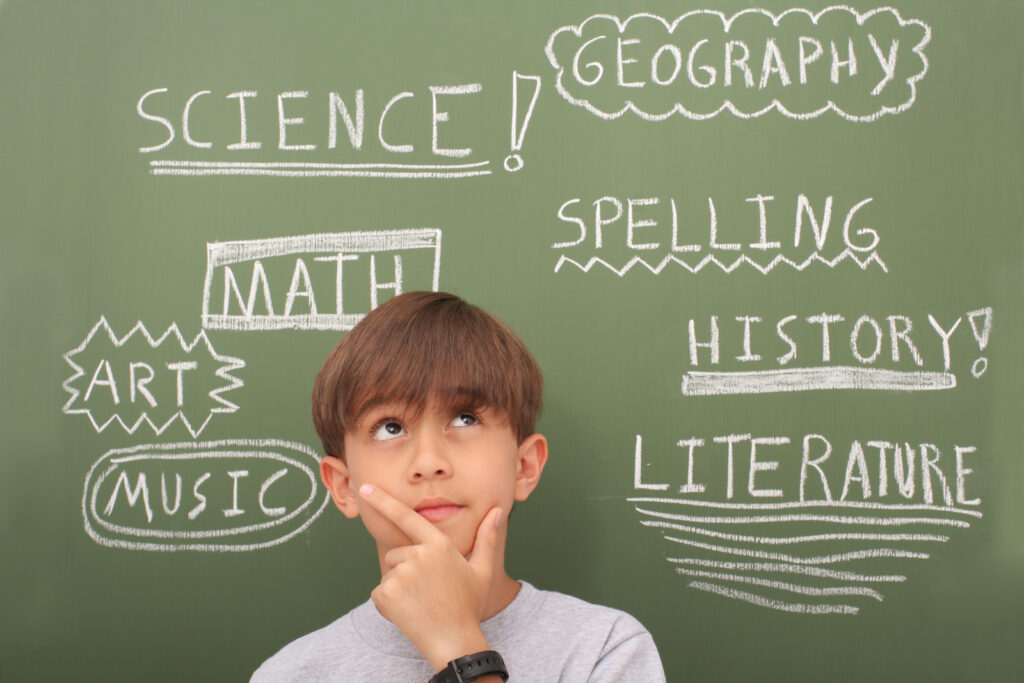The primary goal of education has always been to make students literate, but as technology advances and develops, the purposes of education are changing and expanding. Having a textbook, notebook and pen in front of students is no longer enough. Students need to be active in the learning process. That’s why we talk about STEAM.
What is STEAM education?
STEM comes from the English words for science, technology, engineering, and mathematics. 2001, the word for arts was added, so STEM became STEAM.
The difference between STEM and STEAM is not just the letter A. STEAM explores the same concepts differently – it recognizes the importance of the arts and humanities as an integral part of education.
STEAM education aims to prepare the younger generation for the coming changes in the world of technology. Students learn skills in science, technology, engineering, arts and math that can help prepare them for the demands of the future. STEAM develops critical thinking, enhances creativity, improves academic performance and motor skills, and strengthens teamwork. This approach increases students’ interest and motivation to actively participate in the learning process.
STEAM learning involves the application of projects, which provides the opportunity to combine several or all five disciplines. Each student is actively involved and contributes to the modelling process. In this way, science content is easily mastered through the synergy between hands-on activities and scientific thinking.
STEAM enables:
- Project-based learning
- Application of innovative teaching methods
- Teamwork
- Interdisciplinary approach.

6 Steps to Implement STEAM in Your Classroom
- Problem
The teacher or team of teachers selects the main problem to be solved. An objective evaluation of how the problem relates to the selected STEAM content is made.
- Detail
The team specifies the interrelationships among the five STEAM content areas, key information, students’ existing knowledge and skills they can use to address the question or problem.
- Discovery
Discovery involves active research and intentional teaching. The teacher analyzes gaps students may have in a skill or process and explicitly teaches those skills or processes.
- Application
Students create a product that will be used to solve the problem. In the process, they use the knowledge and skills acquired in the previous step. And have fun!
- Presentation
They share the finished product or solution to the question at this stage. They express their point of view and get feedback from their classmates and the teacher.
- Link
This step is what closes the loop. Students reflect on the shared feedback and their processes and skills. If necessary, they can make changes and create an even better solution.
The STEAM IN TIMES project
In STEAM IN TIMES, teachers become explorers, and students gain knowledge and skills through making projects. Teachers are the ones who will prepare the STEAM lessons, the aim being to exercise mathematical understanding through the discovery of European historical heritage. This is how the history-maths link is born, and the final product will be an experiment or a model made by the students themselves, not just a test for assessment.
Usually, students do not like mathematics because they find it difficult or incomprehensible. On the other hand, history is not one of their favourite subjects either, but presented as a STEAM lesson, these subjects will not be the focus of instruction. Students will work diligently to build a prehistoric dwelling, draw a fortress, make a scale, and draw the Fibonacci spiral, not realizing they are using their mathematical knowledge of geometric figures, units of length and mass intertwined with the historical heritage of Europe.
Bibliography :
Pedagogika. (2021, August 30). Какво е STEAM образование и защо е важно? – Pedagogika. Pedagogika. https://pedagogika.bg/kakvo-e-steam-obrazovanie-i-zastho-e-vazhno/?gclid=CjwKCAjw5_GmBhBIEiwA5QSMxIFknPAxs0lP5BsxW-%20Yy1DLG9i8s2BSILpwGquQa9GEerqQT5RDeBBoCzeoQAvD_BwE
Riley, S. (2023). What is STEAM Education? The Institute for Arts Integration and STEAM. https://artsintegration.com/what-is-steam-education-in-k-12-schools/